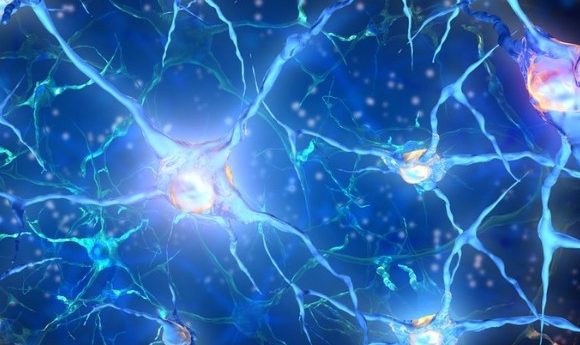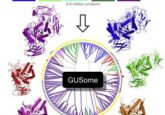Controlling cannabinoid receptors

Researchers demonstrate how the CB1 receptor is targeted to axons, gaining a greater understanding of the endocannabinoid system and how the brain responds to cannabis.
With about 100 billion neurons in constant communication, the brain’s neural network is highly complex. Excitatory or inhibitory signals are passed from neuron to neuron via chemical transmission of neurotransmitters between synaptic junctions. For the majority of neurotransmitters, this occurs in an anterograde fashion, released from the pre-synaptic neuron, they bind to receptors on the post-synaptic neuron to keep the signal going.
An exception to this rule is the endocannabinoid family of neurotransmitters. Influencing many functions, such as pain, appetite, mood and memory, the endocannabinoid system helps to ‘dampen down’ pre-synaptic release of other neurotransmitters in order to slow down brain activity, resulting in the ‘mellow’ sensation experienced in the recreational use of marijuana. In this form of retrograde signaling, the molecules are released from the post-synaptic neuron and bind to cannabinoid (CB1) receptors on the pre-synaptic neuronal axon.
Though the activity of the system is understood, how the CB1 receptors were sent to the correct place on the neurons axon was not. In a new study, researchers from the University of Bristol (UK) have demonstrated how this process occurs, publishing their results in eLife.
The research group found that a specific part of the CB1 receptor protein is responsible for getting the receptors into the axonal membrane. By tracking newly made receptors in nerve cells grown in vitro, the team found that a short region of the protein is crucial for placing the receptor in the axon rather than the dendrites. They also found that the same region helps to stabilize the receptor once at the surface of the axon, increasing its availability to receive endocannabinoid signals.
One of the paper’s authors, Jeremy Henley, commented: “In recent years there has been tremendous interest in – and controversy about – activation of CB1R by medical marijuana. It is becoming increasingly apparent that activation of CB1Rs could be therapeutically useful for a wide range of diseases such as chronic pain, epilepsy, or multiple sclerosis. Understanding the fundamental properties of CB1R is an important basis for future studies exploring the efficacy and optimization of these targeted approaches.”
It is hoped that this development in the understanding of the CB1 receptor will help to open the door for further studies into drugs that target these receptors, potentially examining the medical uses of marijuana in the treatment of various disorders.





